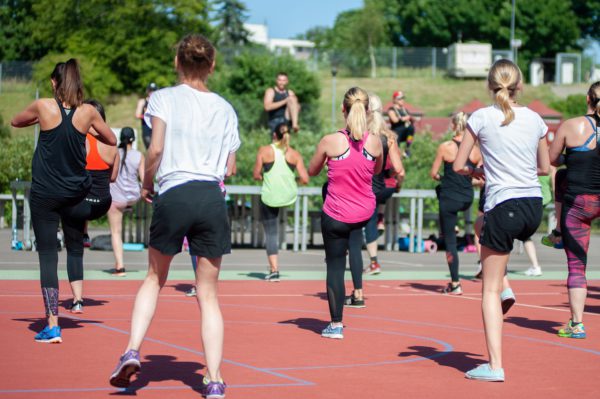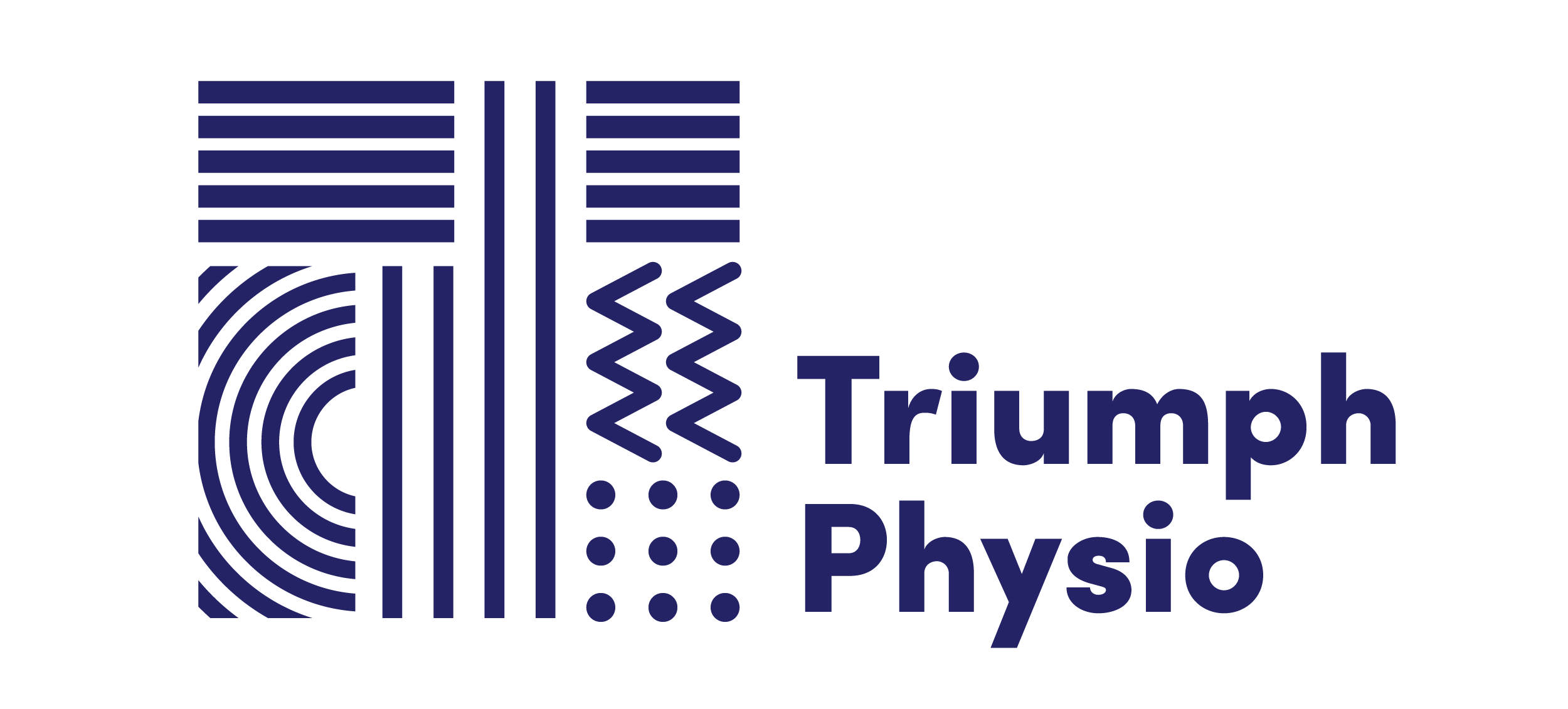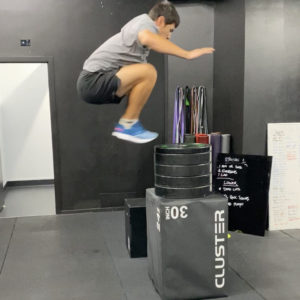-
How does warming-up improve performance? We do it all the time before sport and exercise but what is the science behind it?
-
Temperature Mechanisms
- Increase in muscle metabolism
- increase muscle fibre performance
- Increase muscle fibre conduction velocity (the speed which the signals travels to stimulate the muscle to contract)
-
Metabolic
- Elevation of oxygen uptake kinetics (the time it takes for the body to delivery oxygen in response to the demands of the exercise)
-
Neural
- Post-activation potentiation (PAP). Performance is improved due to muscles being in an “activated” or “potentiated” state after conditioning exercise. E.g Sprint speed (performance) increased after a back squat (conditioning exercise)
-
Psychological
- Warming up gives the athlete time for mental preparation. Strategies for preparation include visualisation, voicing cue words and ‘psyching-up’, they are designed to narrow their attention to the task at hand and build self-confidence.
Note: 1°C rise in muscle temperature has shown to enhance exercise performance by 2-5%. However be cautious not to overheat in hot conditions as it can adversely affect our thermal tolerance.
McGowan et al. (2015) Warm-up strategies for sport and exercise: Mechanisms and applications.
-

Warm up to perform better
- Post author:Triumph Physio
- Post published:31/08/2020
- Post category:Sports & Strength
Tags: exercise, exercsies, physical therapy, physio, Physiotherapy, sports and strength, warm-up, warming up



